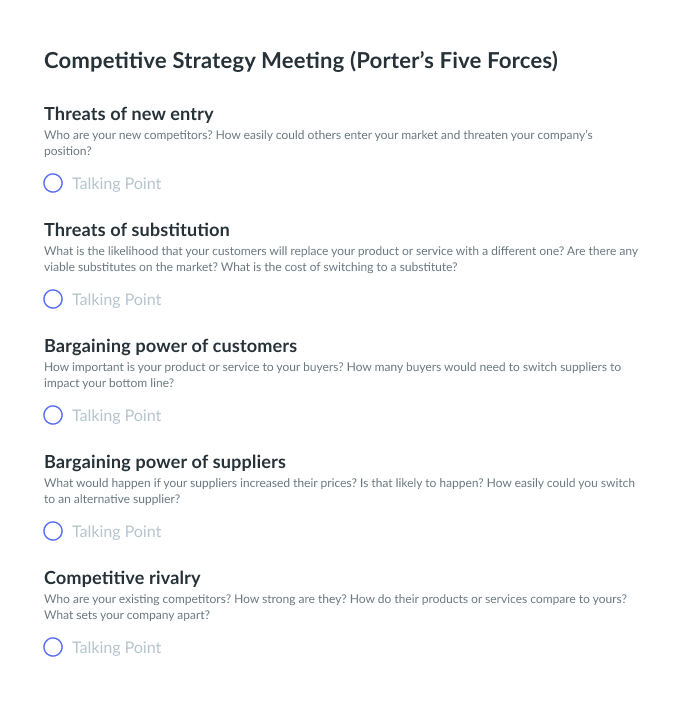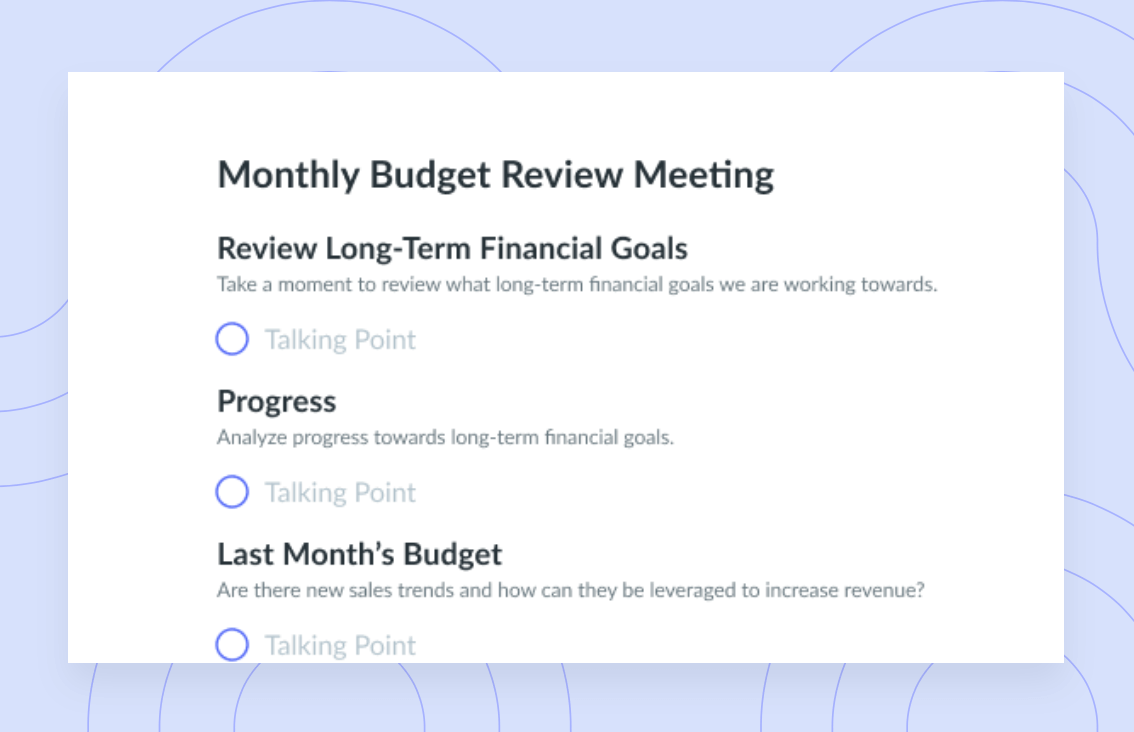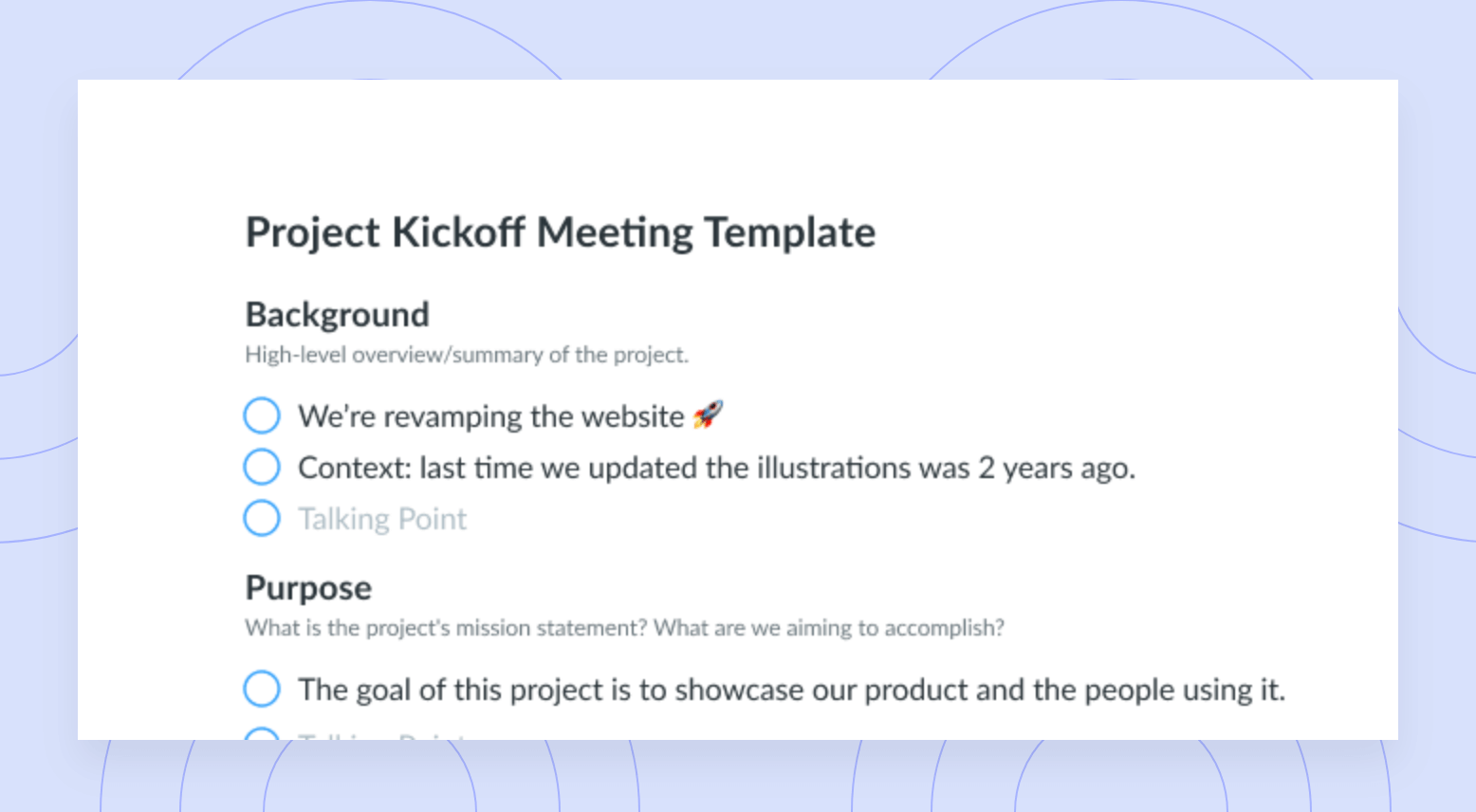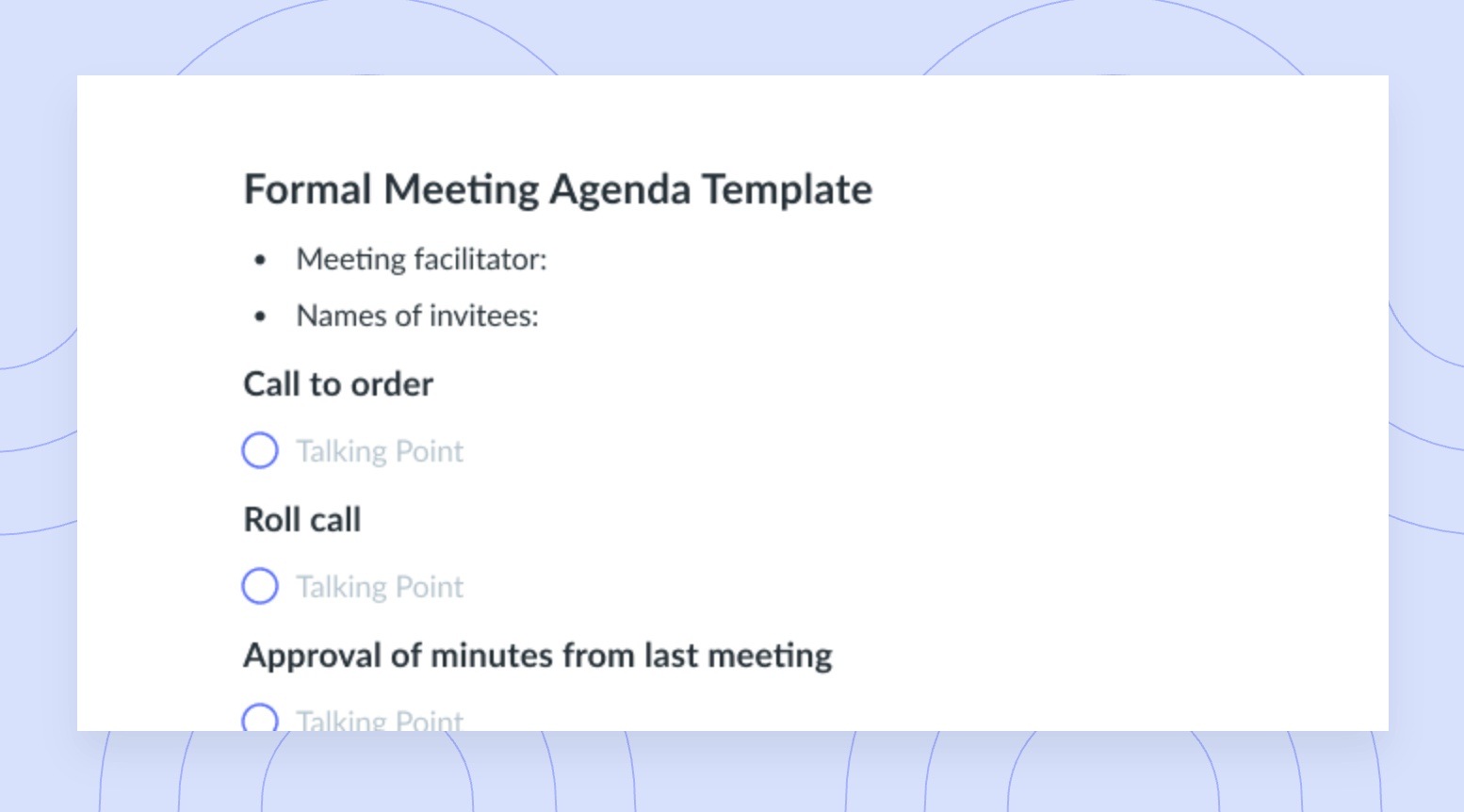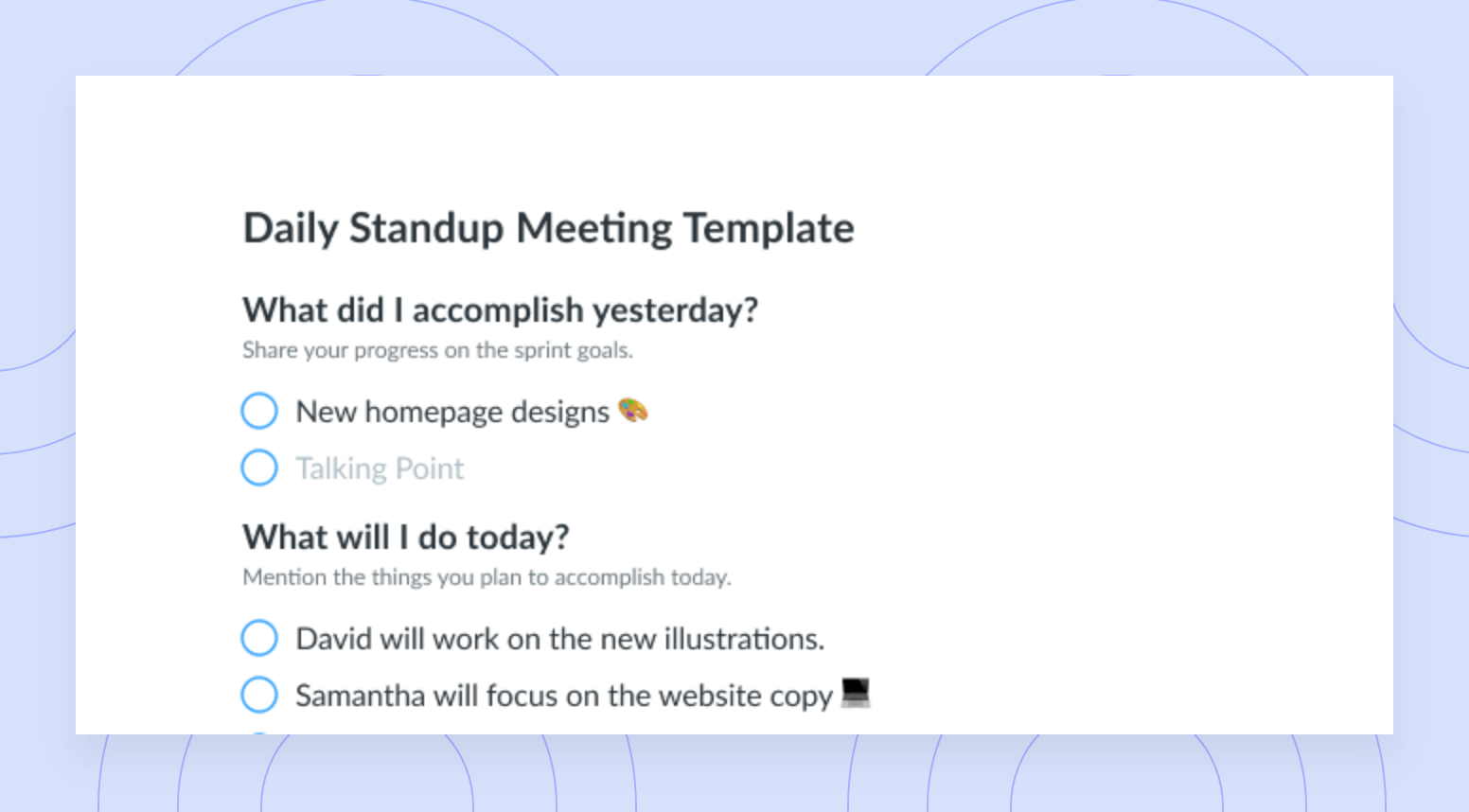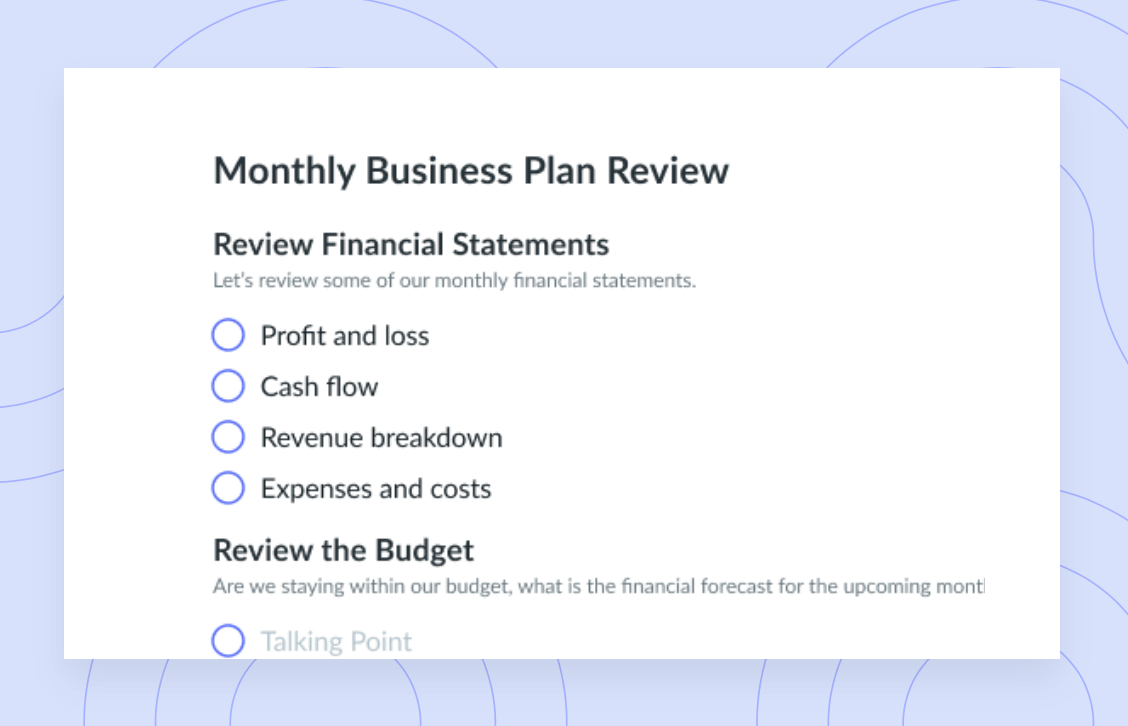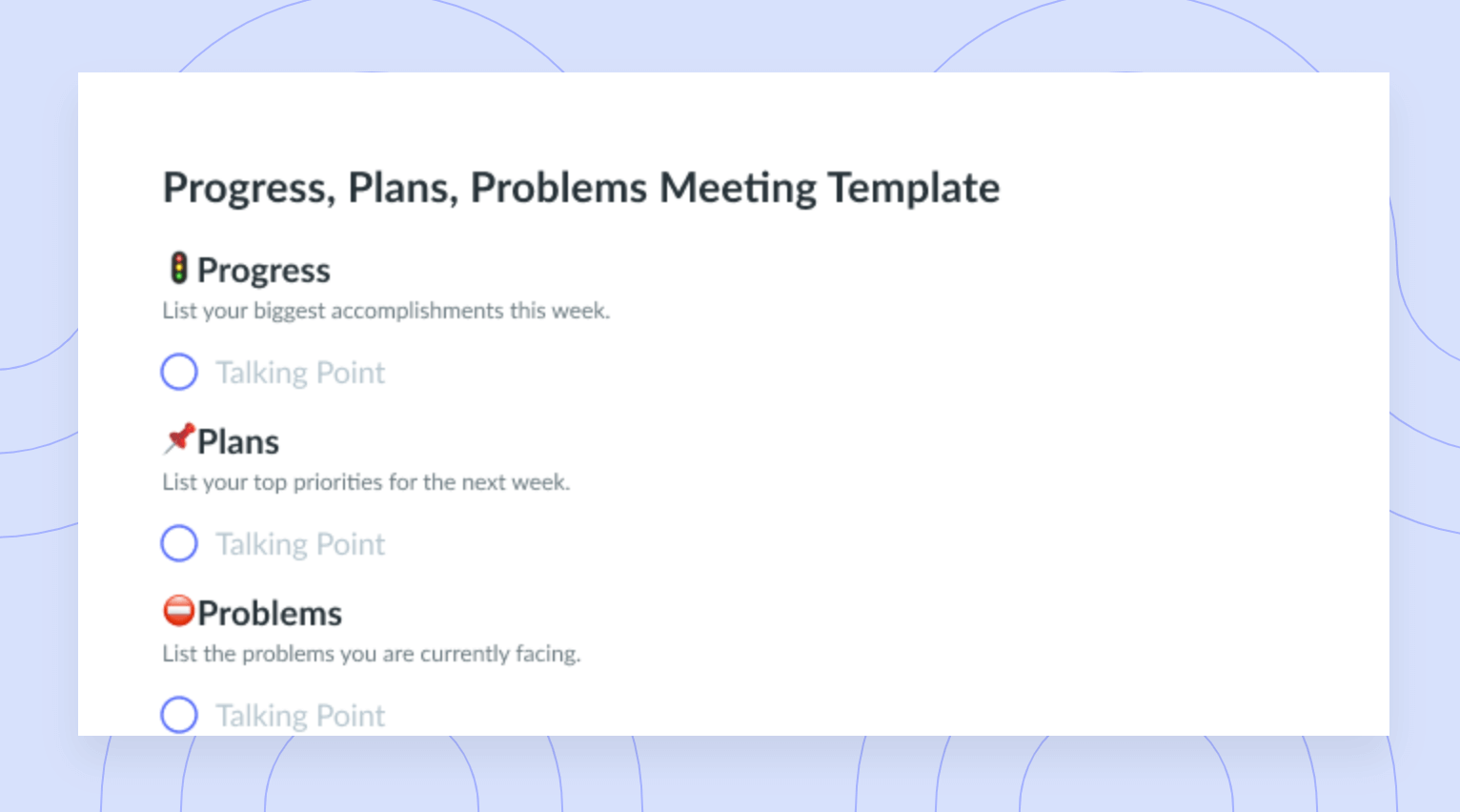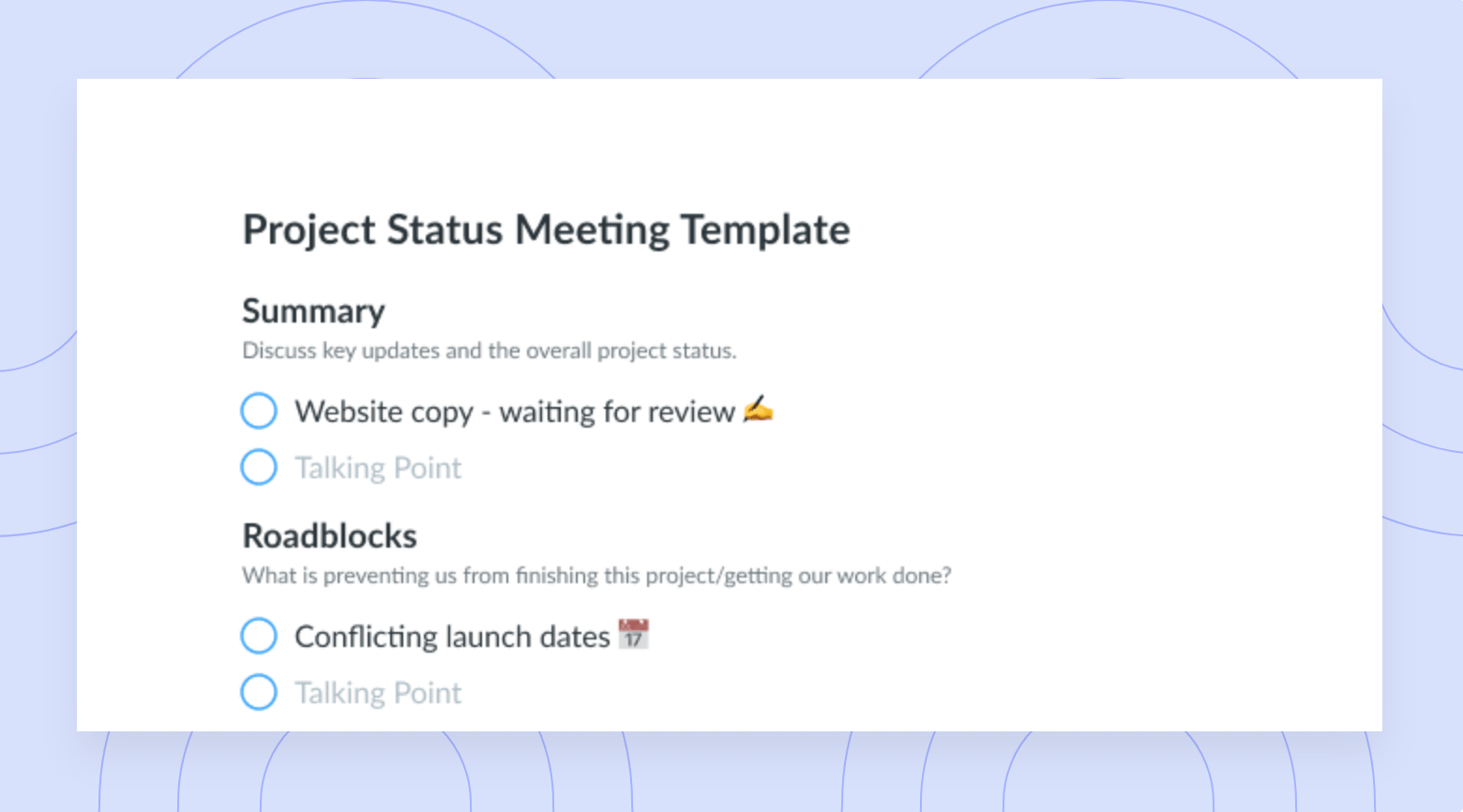
Porter’s Five Forces Template
Get this templateRun an effective competitive strategy meeting by discussing Porter’s 5 Forces: Threat of new entrants, threat of substitutes, bargaining power of customers, bargaining power of suppliers, and competitive rivalry.
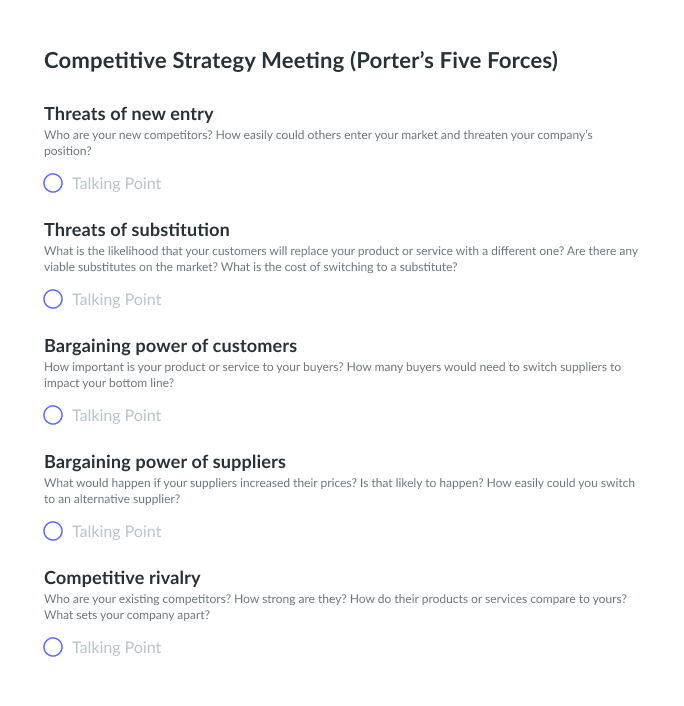

Porter’s Five Forces Template Overview
“I enjoy competition. I enjoy challenges. If a challenge is in front of me and it appeals to me, I will go ahead and conquer it.” – Conor McGregor
If you’re new to the competitive analysis method of Porter’s Five Forces, you might be feeling a bit overwhelmed. The reality of the current business environment, primarily with so many businesses competing for an online presence, is that competitive forces shape essential business strategies, from marketing to product development.
Formulating a strategy is all about coping with your competition. If you plan to use Porter’s Five Forces for analyzing your competitors, you’ll want access to a comprehensive Porter’s 5 Forces template. Porter’s Five Forces takes the most important components of remaining competitive within a specific industry and asks companies to determine where they stand.
Meetings that focus on Porter’s Five Forces are essential for every company. However, the frequency depends on the company’s state and the amount of work you must do to rise above the competition. Next, you’ll break that work down with fellow attendees (management, development, and marketing teams) to develop a strategy that will propel your company forward.
How to Run an Effective Porter’s Five Forces Meeting
Running an effective Porter’s Five Forces meeting means giving your attendees plenty of time to brainstorm. You might want to send an email in advance to let them know the contributions you’ll expect to see and send them a copy of the Porter’s Five Forces template to begin to fill in their talking points.
Because this meeting covers some fundamental issues regarding business strategy, it’s crucial to walk into it prepared. You can hold meetings on this subject as often as you wish, but the more time you take to organize beforehand, the more content you’ll effectively cover.
Each team member should walk away from a Porter’s Five Forces meeting with a great idea of where their department stands regarding business strategy. While it’s important to leave time to answer questions at the end of any conference, it’s imperative at the end of Porter’s Five Forces meeting.
What’s inside Porter’s Five Forces Meeting Template:
1 Threats of new entry
Who are your new competitors? How easily could others enter your market and threaten your company’s position?
It’s no secret that new entries within a business industry increase capacity. This section of the Porters Five Forces template will discuss the seriousness of the threat of entry, the barriers present, and how the competition will react to said industry entry.
Market conditions are constantly changing across every industry, and this is an aspect that changes the fundamental beliefs that surround the threat of new entry. A great example of this is when Polaroid let their instant images patent expire, breaking down a significant industry barrier for many up-and-coming businesses.
2 Threats of substitution
What is the likelihood that your customers will replace your product or service with a different one? Are there any viable substitutes on the market? What is the cost of switching to a substitute?
Substitute products and services can potentially have a detrimental effect on an industry’s potential. Substitute products place a ceiling on the prices that the industry typically charges. If you don’t revolutionize your product in some way, adding new features and value, your entire enterprise could suffer.
Of course, this responsibility doesn’t land on your back alone but the industry as a whole. Substitutes tend to limit profitability in an average economy, and they’ll also suffer during a boom. It’s common for substitute products to come into play rapidly, so they raise a crucial discussion.
3 Bargaining power of customers
How important is your product or service to your buyers? How many buyers would need to switch suppliers to impact your bottom line?
When it comes to business, customers have undeniable bargaining power. In most cases, the bargaining power of industry consumers is substantial when they buy concentrated volumes of products in large purchases, or they always have access to switch supplies, which the latter frequently happens with standard products like toilet paper or toothpaste.
Every time a consumer purchases a product or service, they have bargaining power, especially when they influence how other consumers spend money. Word of mouth is just as crucial as a well-thought-out marketing strategy, and now is the time to brainstorm ways to appease the bargaining power of buyers.
4 Bargaining power of suppliers
What would happen if your suppliers increased their prices? Is that likely to happen? How easily could you switch to an alternative supplier?
Just as consumers hold bargaining power, suppliers do as well. A supplier group becomes powerful if it dominates only a few companies that are much more concentrated than the businesses in the industry it sells within. Suppliers become particularly powerful when they don’t have close ties to your industry on a financial level.
Supplier discussion is one that every company should regularly have in their quarterly Porter’s Five Forces meeting. It’s important for the departments that handle suppliers to have their voices heard, and it could save your company millions in the long run.
5 Competitive rivalry
Who are your existing competitors? How strong are they? How do their products or services compare to yours? What sets your company apart?
“If you don’t have a competitive advantage, don’t compete.” – Jack Welch
Fighting for position among current competitors takes a lot of company-wide effort and carefully developed business strategies, all of which can stem from studying and applying these template sections. Price competition and advertising extravaganzas are typical among companies that consistently rival for consumer attention.
This part of the meeting will focus heavily on marketing to get a firm idea of where you stand among your current rivals and create a plan that works. Rivalry relies on several factors, including industry size and exit barriers, and it’s vital to your company’s health to know what those factors are for you.



